Home>diy>Building & Construction>Why Jeddah Tower Construction Stopped
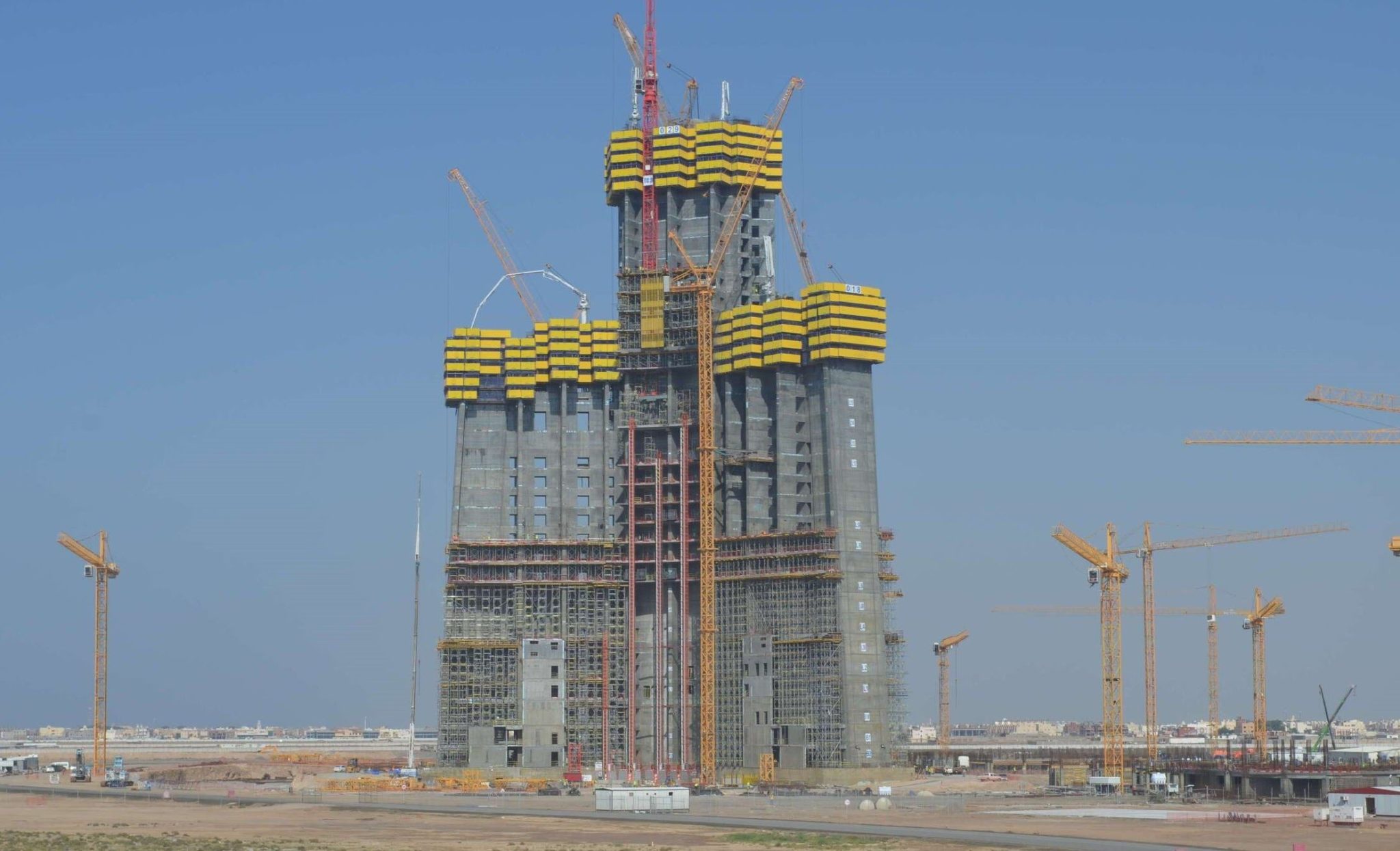

Building & Construction
Why Jeddah Tower Construction Stopped
Modified: January 24, 2024
Discover why the construction of Jeddah Tower, the world's tallest building, came to a halt and explore the challenges faced in building construction.
(Many of the links in this article redirect to a specific reviewed product. Your purchase of these products through affiliate links helps to generate commission for Storables.com, at no extra cost. Learn more)
Introduction
The Jeddah Tower, formerly known as the Kingdom Tower, is a mega-tall skyscraper under construction in Jeddah, Saudi Arabia. Designed by the renowned architectural firm, Adrian Smith + Gordon Gill Architecture, the tower is set to be the centerpiece of the Jeddah Economic City development project.
With a proposed height of over 1 kilometer (approximately 3,281 feet), the Jeddah Tower aims to surpass the current tallest building in the world, the Burj Khalifa in Dubai. The ambitious construction project attracted global attention and raised expectations for architectural enthusiasts and investors alike.
However, despite the initial momentum and determination to break records, the construction progress of the Jeddah Tower has faced significant setbacks and challenges, leading to a temporary halt in the construction process.
In this article, we will delve into the underlying reasons behind the suspension of the Jeddah Tower construction, including financial constraints, geotechnical and design concerns, political factors, environmental impact, and the added challenge of the COVID-19 pandemic.
Key Takeaways:
- The temporary suspension of the Jeddah Tower construction is attributed to financial constraints, geotechnical and design challenges, political factors, environmental impact, and the disruptive effects of the COVID-19 pandemic.
- Overcoming the hurdles of funding, design complexities, political landscape, environmental concerns, and pandemic disruptions will be crucial for the Jeddah Tower to realize its ambition and become a global architectural icon.
Background of Jeddah Tower
The idea for constructing the Jeddah Tower was first proposed by Prince Al-Waleed bin Talal of Saudi Arabia in 2011. The tower was envisioned as a symbol of Saudi Arabia’s ambition to become a global leader in business and tourism. It aimed to showcase the country’s progressive vision and architectural prowess.
The Jeddah Tower was designed to be a mixed-use development, featuring luxury residential apartments, hotel accommodations, commercial spaces, and observation decks. It was intended to serve as a major tourist attraction and an iconic landmark in the region.
The construction of the Jeddah Tower began in 2013, with the hope of completing the project by 2018. However, due to various challenges and setbacks, the completion date has been delayed multiple times, and the project remains in a state of temporary suspension.
The tower’s design draws inspiration from Islamic architecture, with a sleek and futuristic exterior featuring a tapering shape. It embraces sustainable design principles, incorporating energy-efficient features and utilizing advanced technologies to minimize its environmental footprint.
The Jeddah Tower was expected to be a game-changer in the world of architecture, pushing the boundaries of what is possible in terms of vertical construction. Its height would have been a testament to human ingenuity and engineering excellence.
However, as we will explore in the following sections, the road to completing the Jeddah Tower has been fraught with challenges and obstacles that have halted its progress and left the construction industry and architectural enthusiasts eagerly awaiting its future.
Initial Construction Progress
Initially, the construction of the Jeddah Tower showed promising progress. The foundation work commenced in 2013, and by 2016, the tower had reached a height of approximately 252 meters (827 feet). This significant milestone marked the completion of the tower’s first phase, which included the construction of a strong foundation capable of supporting the immense weight and height of the structure.
During this phase, engineers utilized advanced construction techniques and materials to ensure the stability and structural integrity of the tower. The reinforced concrete core, along with the perimeter steel columns, formed a robust framework that would support the weight of the building and withstand lateral forces such as wind and seismic activity.
The construction team also faced the challenge of incorporating state-of-the-art technology into the tower’s design. This included advanced building systems for ventilation, lighting, and vertical transportation, ensuring a comfortable and efficient experience for the tower’s residents, guests, and visitors.
While the initial construction progress was promising, the challenges and setbacks that awaited the project would soon bring the momentum to a standstill, leaving the Jeddah Tower in a state of temporary suspension. Let’s explore some of the key issues that contributed to this halt in construction.
Issues and Challenges
The construction of the Jeddah Tower has been plagued by a series of issues and challenges that have resulted in the project’s suspension. These obstacles have tested the resilience and determination of the construction team and have raised concerns about the tower’s future completion.
One of the major challenges faced by the project was financial constraints. The ambitious nature of the Jeddah Tower required significant funding, and the project’s developers struggled to secure sufficient investment to sustain the construction progress. Economic factors, such as fluctuating oil prices and changes in the Saudi Arabian government’s stance on investment projects, added to the financial uncertainty surrounding the tower.
Furthermore, geotechnical and design concerns have also played a role in the suspension of the Jeddah Tower construction. The tower’s location in Jeddah is characterized by complex geological conditions and a high water table, posing challenges for the foundation design and stability. Engineers had to devise innovative solutions to ensure the tower could withstand potential settlement and other geotechnical issues.
Design complexities also emerged as a significant challenge. The height of the Jeddah Tower presented unique engineering and architectural considerations, including wind effects, structural load distribution, and elevators capable of efficiently transporting occupants to great heights. Overcoming these design challenges required extensive research and testing, which contributed to the delays in construction.
Political factors have also impacted the progress of the Jeddah Tower. Saudi Arabia’s evolving political landscape and bureaucratic processes introduced delays and uncertainties into the project. Changing regulations and requirements added to the complexity of executing a project of this magnitude.
Additionally, the environmental impact of the Jeddah Tower has been a subject of concern and controversy. The tower’s enormous carbon footprint, water consumption, and energy usage have raised questions about sustainability and responsible development. These concerns have prompted discussions and debates that have slowed down the construction process.
Lastly, the unforeseen global COVID-19 pandemic has further contributed to the suspension of the Jeddah Tower construction. The pandemic disrupted supply chains, hindered international travel for project stakeholders, and led to economic uncertainties, making it challenging to proceed with such a massive undertaking in an uncertain climate.
Considering these diverse challenges, the construction of the Jeddah Tower has encountered significant hurdles that have temporarily halted its progress. How these challenges will be addressed and overcome will determine the fate of this architectural marvel.
Financial Constraints
One of the primary factors contributing to the temporary suspension of the Jeddah Tower construction is the presence of significant financial constraints. The ambitious scale and scope of the project required substantial investment, and securing adequate funding has proven to be a considerable challenge.
The Jeddah Tower was initially announced during a time of economic prosperity, with high oil prices supporting the Saudi Arabian economy. However, a subsequent decline in oil prices and other economic factors impacted investor confidence and the availability of funds for the project.
The economic uncertainties surrounding the tower’s construction led to delays in securing necessary financial backing. The project’s developers faced difficulties in attracting private investors and negotiating investment agreements that would provide the required capital for the continuation of construction.
Additionally, changes in the Saudi Arabian government’s approach to investment projects further complicated the financial landscape for the Jeddah Tower. The economic diversification plans and initiatives implemented by the government resulted in a shift in priorities and investment focus, creating uncertainties for projects like the Jeddah Tower.
The tower’s projected cost, estimated to be in the range of billions of dollars, raised concerns about the long-term financial viability and return on investment. These concerns, combined with the financial challenges faced by potential investors, created a situation where securing funding became increasingly difficult.
Furthermore, the ongoing construction delays and uncertainties surrounding the completion timeline of the Jeddah Tower have contributed to the reluctance of investors to commit to the project. Investors prefer well-defined timelines and predictable outcomes, and the prolonged suspension and uncertainties have made it challenging to attract the necessary financial support.
Despite these financial constraints, there are ongoing efforts by the project’s developers to secure the required funding and resume construction. The economic recovery and stability, as well as potential partnerships with international investors, may play a pivotal role in overcoming the financial hurdles and ensuring the completion of the Jeddah Tower.
Ultimately, the successful resolution of the financial constraints will be necessary to reignite the construction progress of the Jeddah Tower and bring this architectural masterpiece closer to its envisioned completion.
The construction of Jeddah Tower, the world’s tallest building, has been halted due to financing issues and economic challenges in the region. Keep an eye on news updates for any developments.
Geotechnical and Design Concerns
Geotechnical and design concerns have been significant factors contributing to the temporary suspension of the Jeddah Tower construction. The tower’s immense height and complex geological conditions at its location in Jeddah presented unique challenges that required innovative engineering solutions.
The Jeddah Tower sits on a site with variable soil composition and a high water table, which posed challenges during the foundation design process. Engineers had to ensure that the tower’s foundation could support the immense weight and height of the structure, while also accounting for potential settlement and stability issues. Extensive soil testing and analysis were conducted to determine the optimal foundation design.
Another significant design consideration was the tower’s ability to withstand wind forces, as tall structures are vulnerable to strong winds. The Jeddah Tower’s design included extensive wind tunnel testing to ensure its aerodynamic stability and minimize any potential discomfort for its occupants due to excessive swaying or vibrations.
In addition, the distribution of structural loads became an intricate design challenge. As the tower tapers upwards, the distribution of forces becomes uneven, requiring careful engineering calculations to ensure structural integrity throughout the building’s height. The use of advanced computer modeling and analysis tools was essential to achieve the desired results.
The Jeddah Tower’s height also presented challenges for vertical transportation. Establishing efficient elevator systems capable of accommodating the large number of occupants and visitors while minimizing waiting times and energy consumption was a complex task. The design had to strike a balance between practicality, safety, and energy efficiency.
Furthermore, incorporating sustainability principles into the design posed additional challenges. Achieving energy efficiency and minimizing the building’s carbon footprint at such an immense scale required the integration of advanced technologies and architectural strategies. This involved incorporating renewable energy sources, optimizing insulation, and implementing efficient HVAC and lighting systems.
The combination of geotechnical and design challenges required extensive research and testing, contributing to the delays and suspension of the Jeddah Tower construction. Engineers and architects had to ensure the tower’s stability, safety, and functionality while pushing the boundaries of what had been achieved in previous skyscrapers.
Addressing these concerns and finding innovative solutions will be crucial for resuming construction and ensuring the successful completion of the Jeddah Tower.
Political Factors
Political factors have played a significant role in the temporary suspension of the Jeddah Tower construction. The project’s location in Saudi Arabia subjected it to the evolving political landscape and the government’s changing priorities and regulations.
At the time of the project’s initial announcement, the Saudi Arabian government was actively promoting ambitious development projects as part of its economic diversification plans. The Jeddah Tower was seen as a symbol of the country’s progress and a means to attract global investment and tourism.
However, political shifts and changes in the government’s focus on investment priorities have had an impact on the project. The government’s reassessment of the economic landscape and the need to align development projects with its long-term goals introduced uncertainties for projects like the Jeddah Tower.
Moreover, changes in regulations, permitting processes, and bureaucratic procedures have added complexity and delays to the construction timeline. The government’s efforts to streamline procedures and ensure compliance with local laws and regulations can often lead to temporary suspensions or interruptions in ongoing projects.
Additionally, diplomatic tensions and geopolitical developments in the region can directly or indirectly affect major construction projects. The Jeddah Tower, being a prominent symbol of Saudi Arabian development, could be subject to external pressures and considerations beyond its immediate control.
The political factors surrounding the Jeddah Tower have introduced uncertainties into the construction process and have contributed to delays and the suspension of the project. Negotiating the bureaucratic landscape and navigating the changing political climate will be essential for resuming construction and ensuring the successful completion of this iconic skyscraper.
Environmental Impact
The environmental impact of the Jeddah Tower has been a subject of concern and debate, contributing to the temporary suspension of its construction. The construction and operation of such a massive structure can have significant implications for the surrounding environment and sustainability.
One of the primary concerns is the tower’s carbon footprint. Constructing a building of this magnitude requires vast amounts of construction materials, including concrete and steel, which have a high carbon emissions footprint. The extraction and production of these materials contribute to greenhouse gas emissions and resource depletion.
The tower’s energy consumption is another major environmental consideration. With its immense height and numerous operational requirements, energy demand could be substantial. The use of air conditioning, lighting, and other systems necessary to support the tower’s occupants and functions could have a significant impact on energy resources and emissions.
Water consumption is also a significant concern. In a region known for its arid climate and limited freshwater resources, sustaining a tower of this size poses challenges. The water needed for construction, as well as the tower’s operation, including cooling systems and daily needs, could strain local water supplies and increase pressure on already scarce water resources.
Furthermore, the impact of the tower’s waste and waste management practices cannot be overlooked. The construction process generates significant amounts of waste materials that require proper disposal and management. Additionally, the tower’s daily operations would generate considerable waste that needs to be managed effectively to minimize environmental harm.
Addressing these environmental concerns and mitigating the tower’s impact requires incorporating sustainable design principles and technologies. Implementing renewable energy sources, such as solar or wind, could reduce the tower’s reliance on fossil fuels. Utilizing innovative water management systems and implementing water conservation measures can help reduce the tower’s water footprint.
The developers of the Jeddah Tower have acknowledged the need to address environmental concerns and have expressed a commitment to sustainability. However, ensuring the implementation and effectiveness of these measures, while maintaining the tower’s functionality and aesthetics, presents a complex challenge.
Considering the environmental impact and finding sustainable solutions will be crucial for the future progress of the Jeddah Tower. It will require close collaboration between architects, engineers, environmental experts, and relevant stakeholders to strike a balance between creating an iconic structure and minimizing its ecological footprint.
Impact of COVID-19 Pandemic
The COVID-19 pandemic has had a significant impact on the temporary suspension of the Jeddah Tower construction, adding another layer of challenges and uncertainties to an already complex project.
As the virus spread globally, it caused disruptions in supply chains, labor availability, and construction timelines. The restrictions on international travel and the imposition of lockdown measures made it difficult to bring in necessary construction materials, equipment, and expertise from various parts of the world.
The pandemic also led to economic uncertainties and shifts in priorities for investors and developers. The global economic downturn, coupled with an unpredictable business landscape, made it challenging to secure funding and commitments for the continuation of the project.
Social distancing measures and enhanced safety protocols implemented to contain the spread of the virus have also impacted construction operations. Limitations on the number of workers allowed on-site at any given time and additional safety measures have resulted in slowed construction progress and reduced productivity.
Furthermore, the pandemic has created a climate of economic uncertainty and cautiousness, affecting investor confidence. The hesitation to commit to major investment projects, such as the Jeddah Tower, has further contributed to the temporary suspension of construction.
The pandemic’s impact on the tourism industry has also played a role in the tower’s construction suspension. Travel restrictions and a decline in international travel have significantly affected the demand for tourist attractions and luxury accommodations, making it challenging to justify the completion of the tower without a guarantee of visitor numbers.
However, it is important to note that the adverse impact of the pandemic on the Jeddah Tower construction is not unique to this project alone. Construction projects worldwide have faced similar challenges and setbacks due to the unprecedented nature of the pandemic.
As the world gradually recovers from the pandemic, efforts are being made to assess and adapt to the new normal. Construction activities are gradually resuming, and investment sentiment is gradually improving. It is anticipated that once conditions stabilize, the construction of the Jeddah Tower will resume with renewed momentum and determination.
Ultimately, the full impact of the COVID-19 pandemic on the Jeddah Tower and its future progress remains uncertain, but it is clear that it has significantly contributed to the temporary suspension of its construction.
Read more: Why Work In Construction
Conclusion
The Jeddah Tower, intended to be a groundbreaking architectural marvel and a symbol of Saudi Arabia’s progress, has encountered numerous challenges that have resulted in its temporary suspension. Financial constraints, geotechnical and design concerns, political factors, environmental impact, and the COVID-19 pandemic have all played significant roles in halting the construction progress.
The project’s financial viability has been affected by economic uncertainties and the availability of funding, making it difficult to secure the necessary investment to continue construction. Geotechnical and design challenges, including foundation design, wind resistance, and vertical transportation, have required extensive research and testing, further contributing to delays.
Political factors, such as changing regulations and bureaucratic processes, have also introduced uncertainties into the project. Environmental concerns, including the tower’s carbon footprint, energy consumption, water usage, and waste management, have raised questions about sustainability and responsible development.
Furthermore, the COVID-19 pandemic has had a profound impact on the project, disrupting supply chains, causing economic uncertainties, and hindering construction operations. Travel restrictions, social distancing measures, and reduced investor confidence have all contributed to the temporary suspension of the tower’s construction.
Despite these challenges, there is hope for the future of the Jeddah Tower. Efforts are being made to secure funding, address design complexities, navigate political landscapes, mitigate environmental impact, and adapt to the post-pandemic world. Once conditions stabilize and investor confidence improves, construction is expected to resume, bringing the vision of the Jeddah Tower closer to reality.
In conclusion, the Jeddah Tower stands as a testament to the ambition and challenges of pushing the boundaries of architecture and engineering. Its temporary suspension underscores the complexities of constructing such a massive and innovative structure. Yet, with careful planning, collaboration, and determination, the Jeddah Tower has the potential to soar to new heights and become an iconic landmark in the global architectural landscape.
Frequently Asked Questions about Why Jeddah Tower Construction Stopped
Was this page helpful?
At Storables.com, we guarantee accurate and reliable information. Our content, validated by Expert Board Contributors, is crafted following stringent Editorial Policies. We're committed to providing you with well-researched, expert-backed insights for all your informational needs.
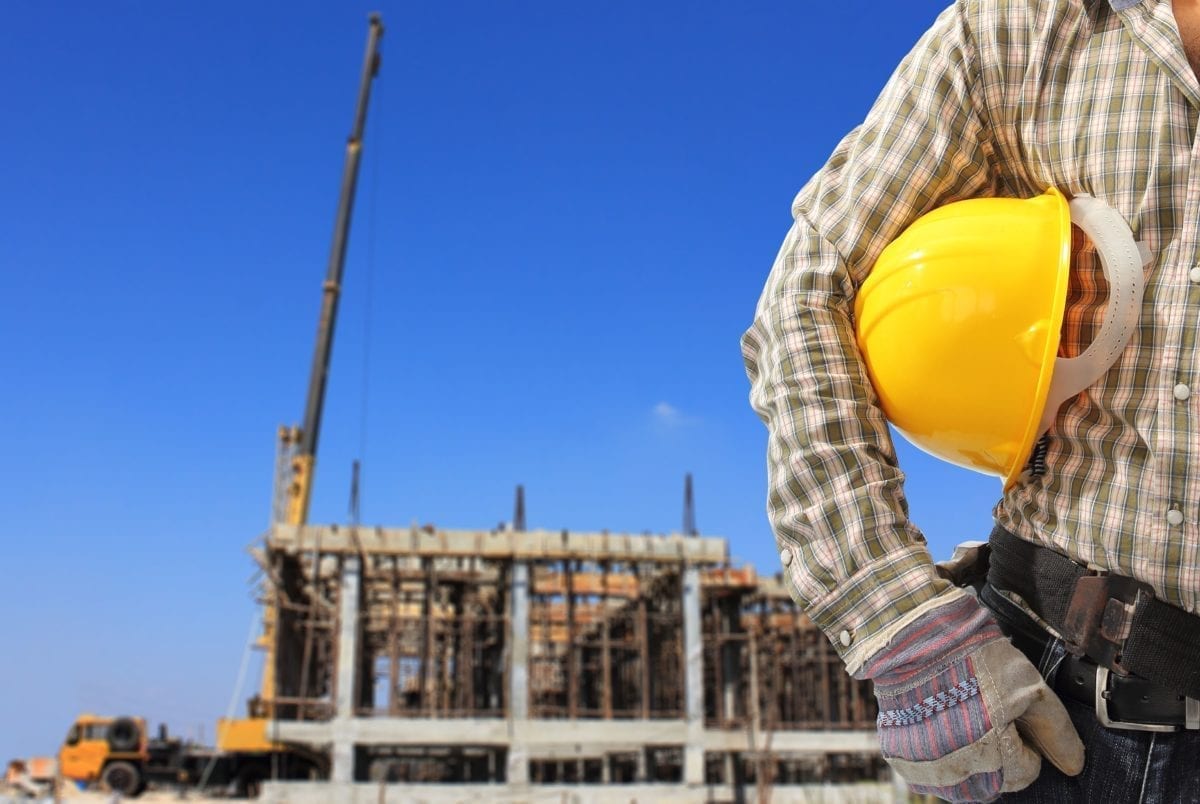
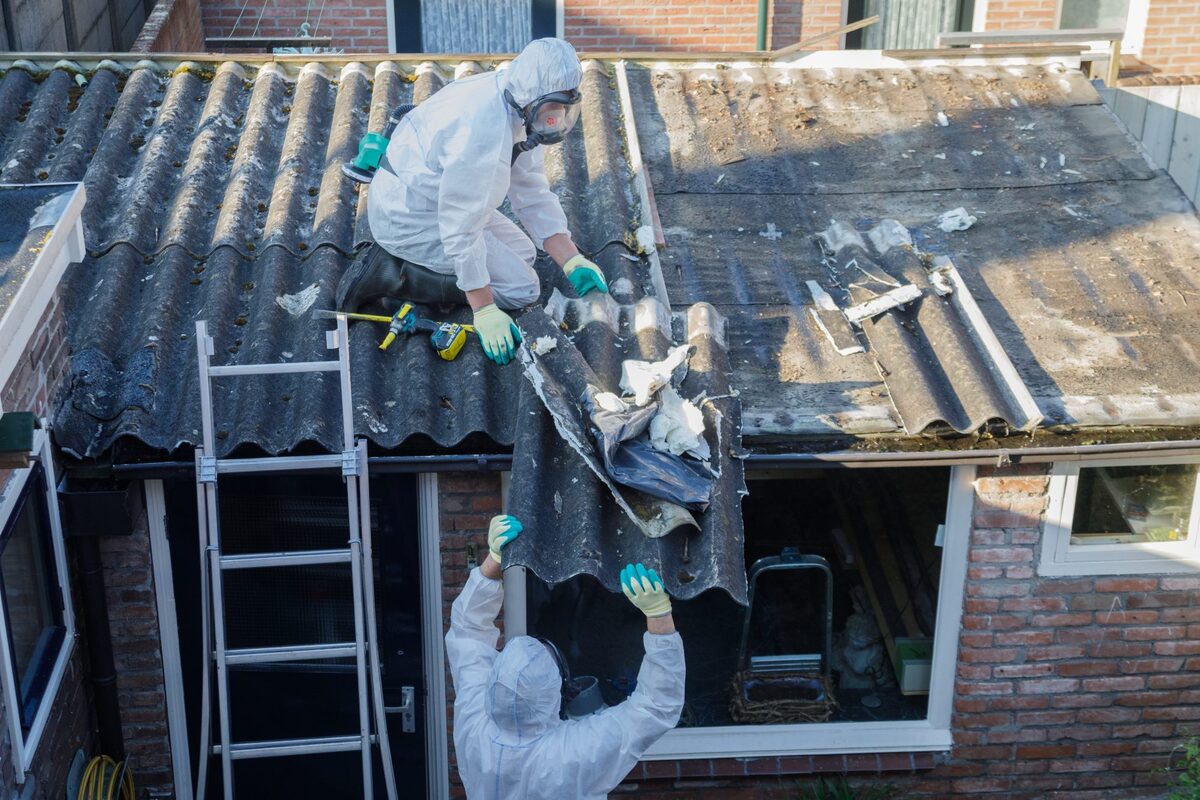
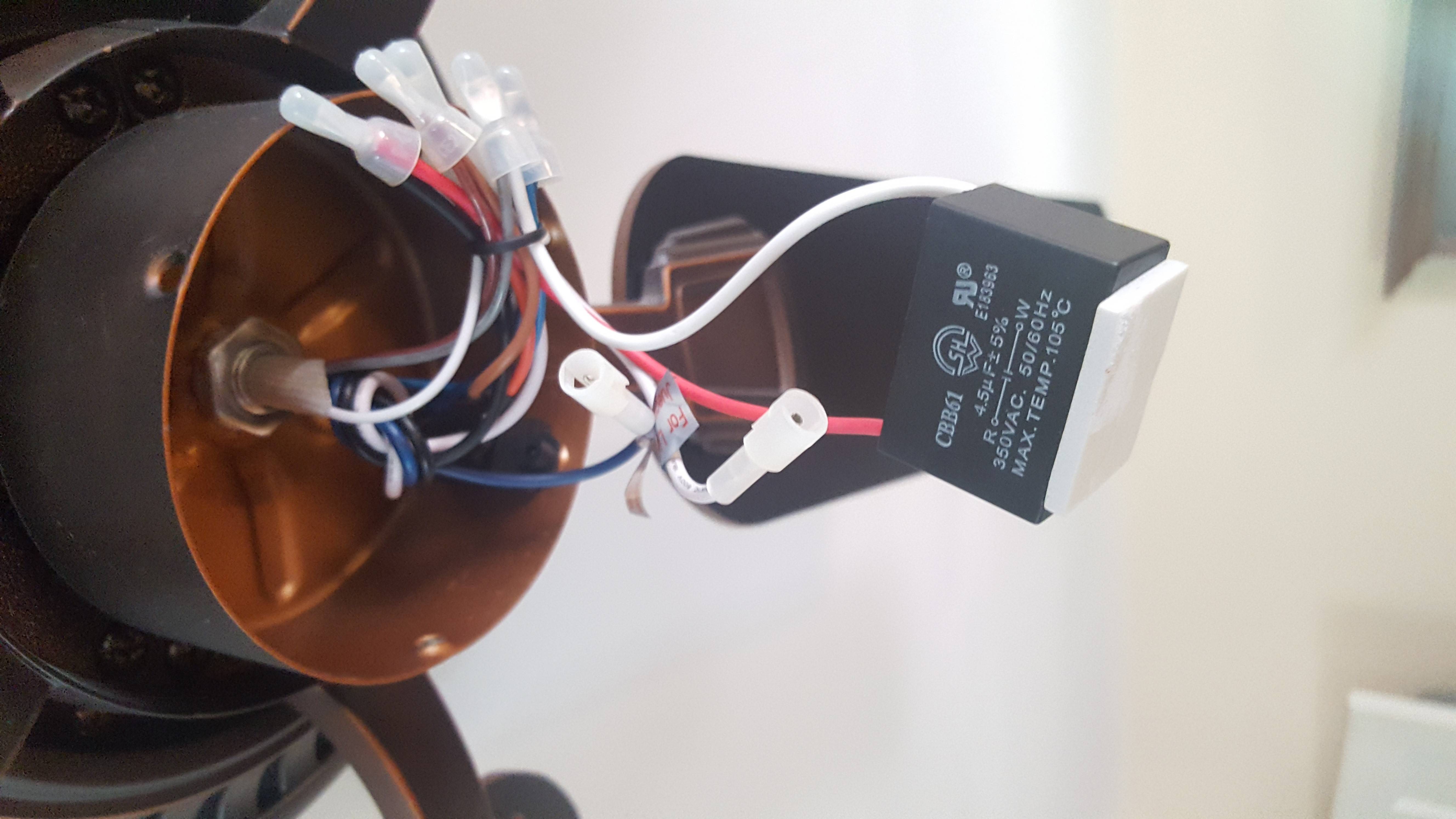

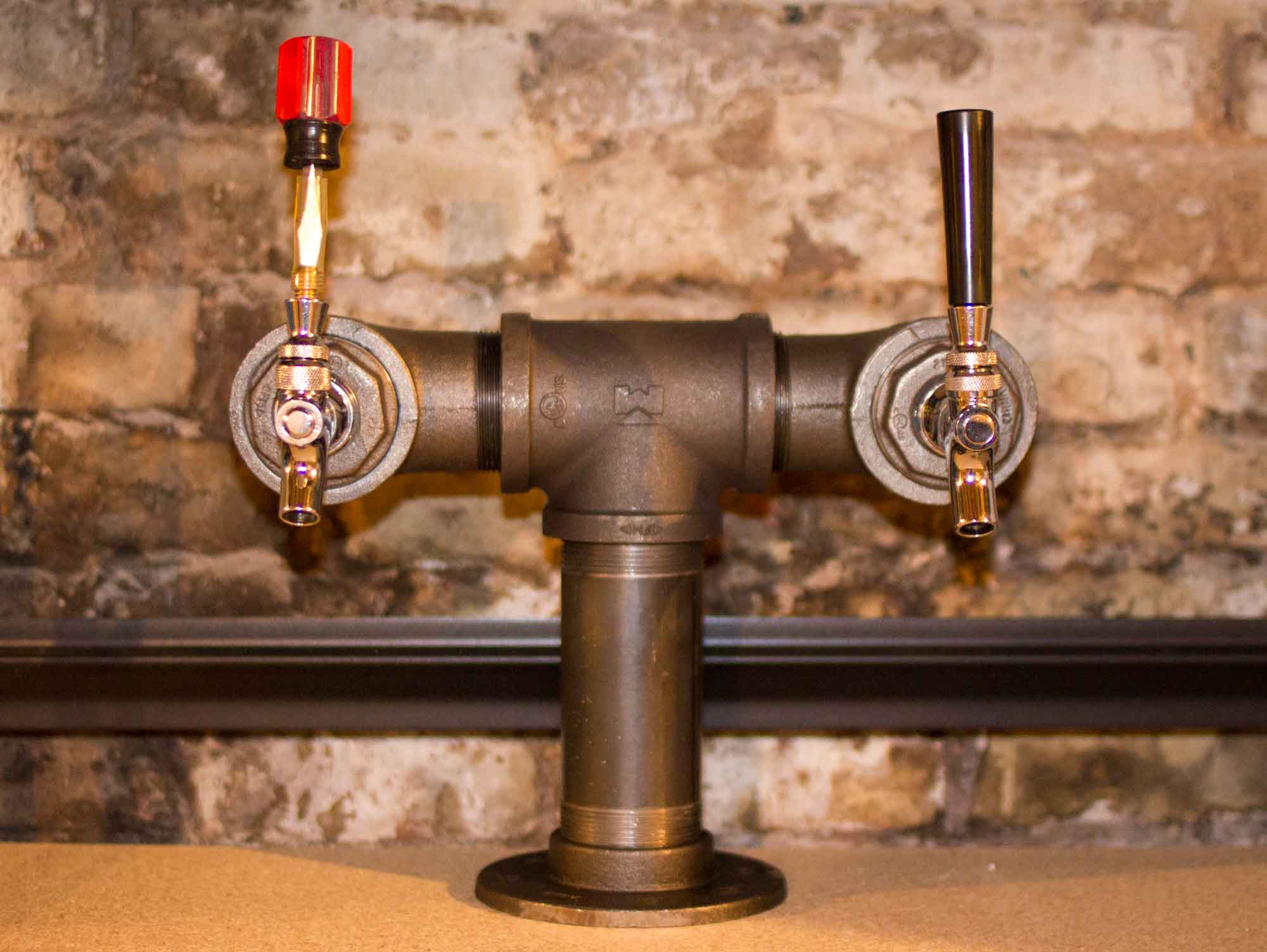
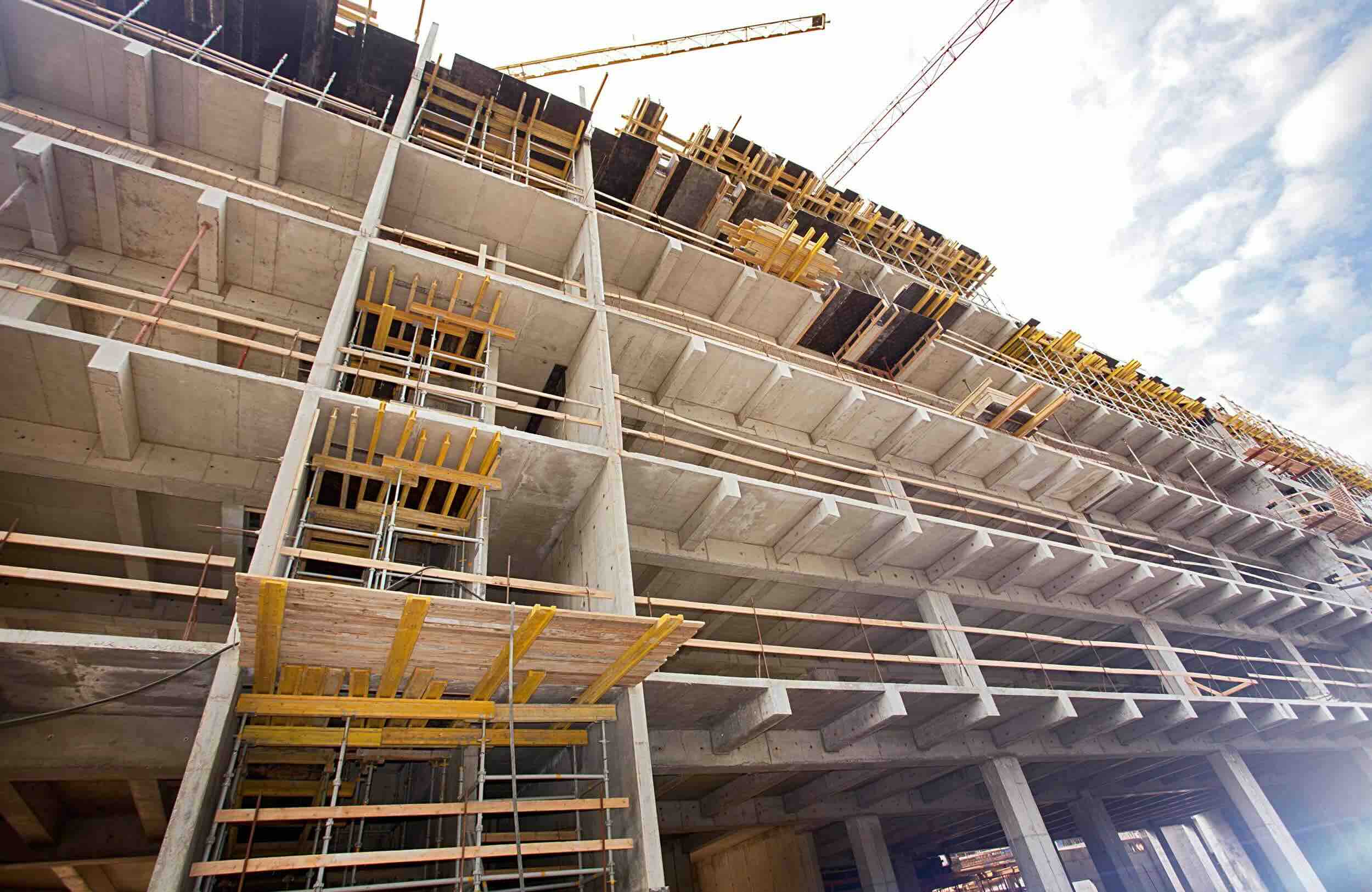

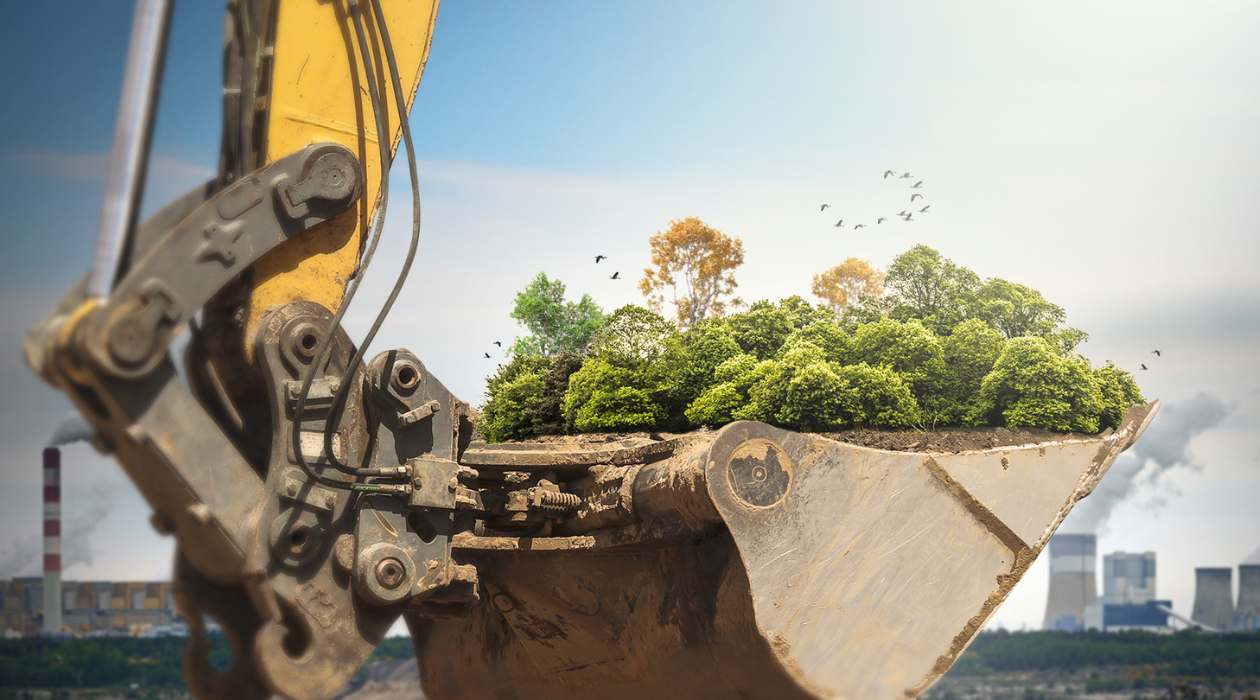

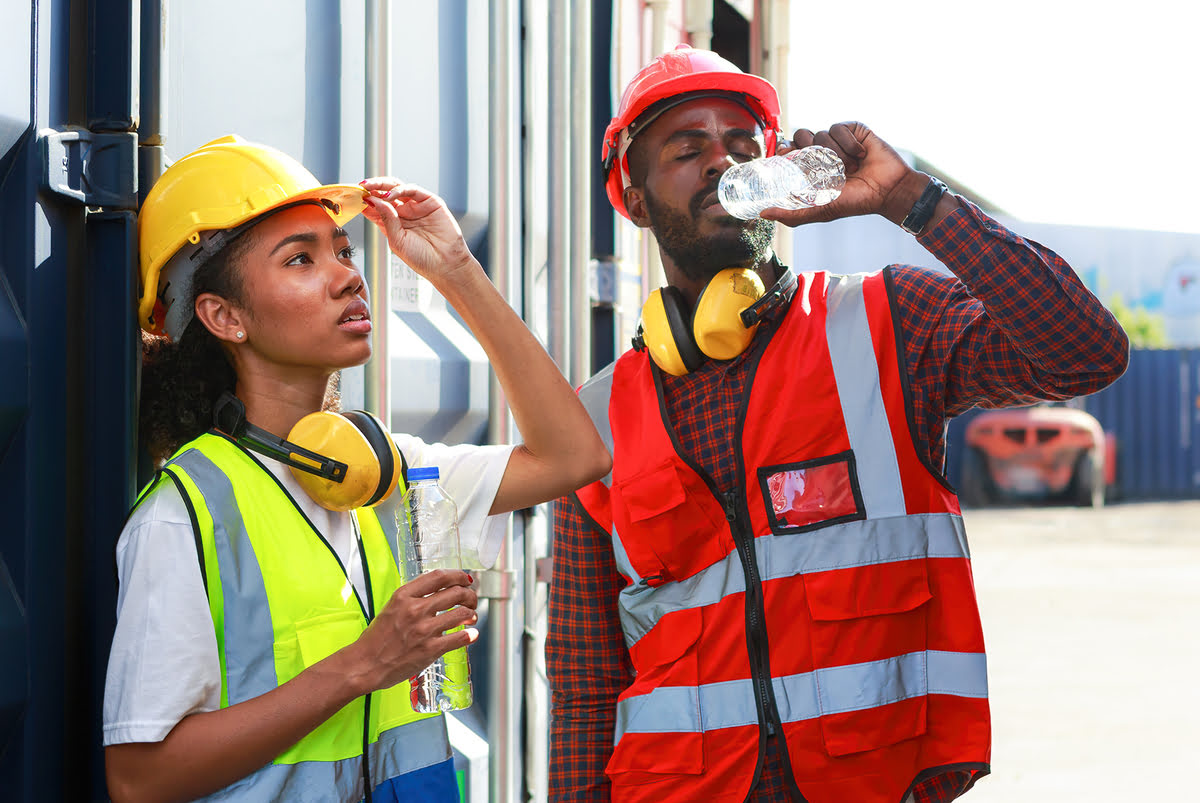
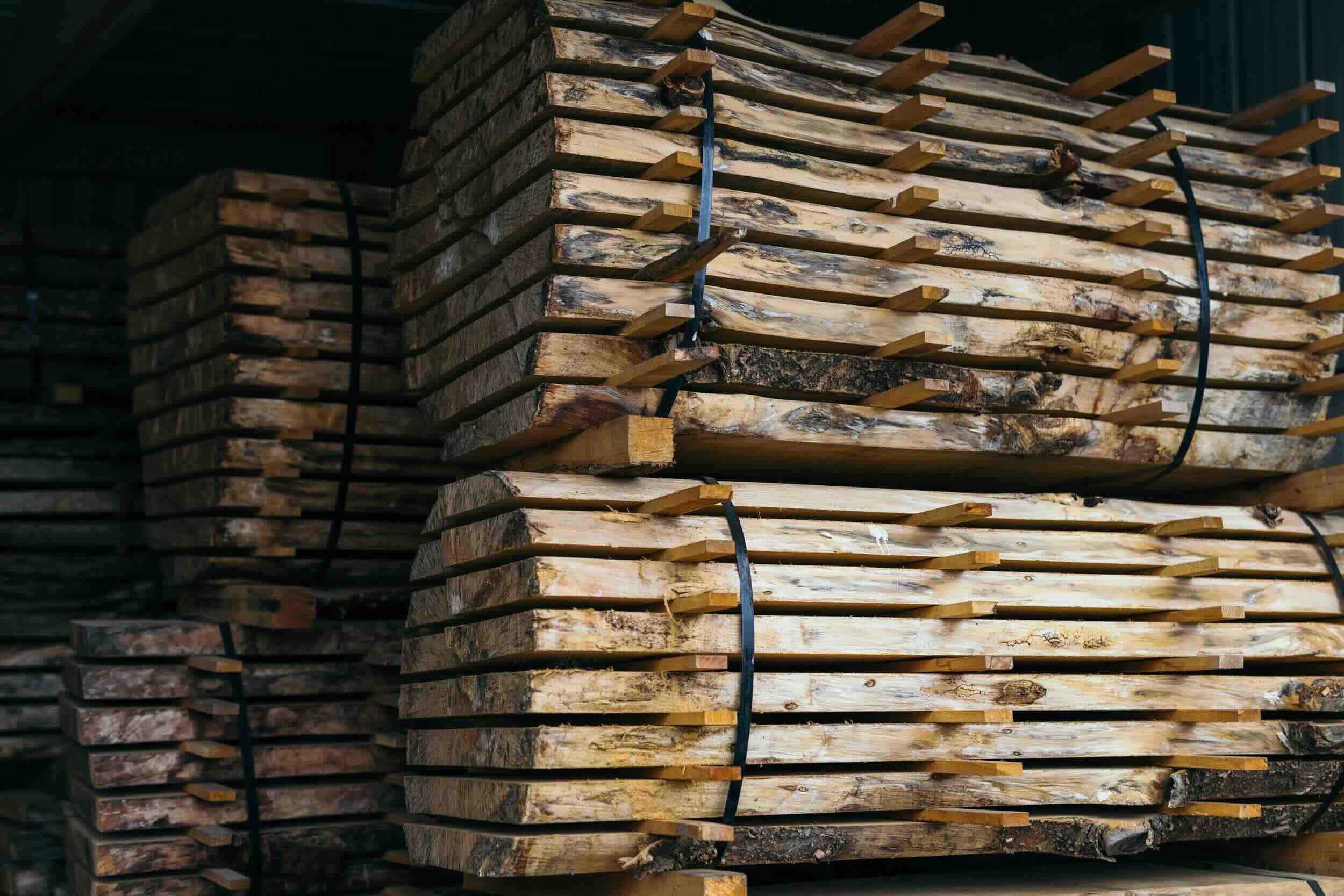

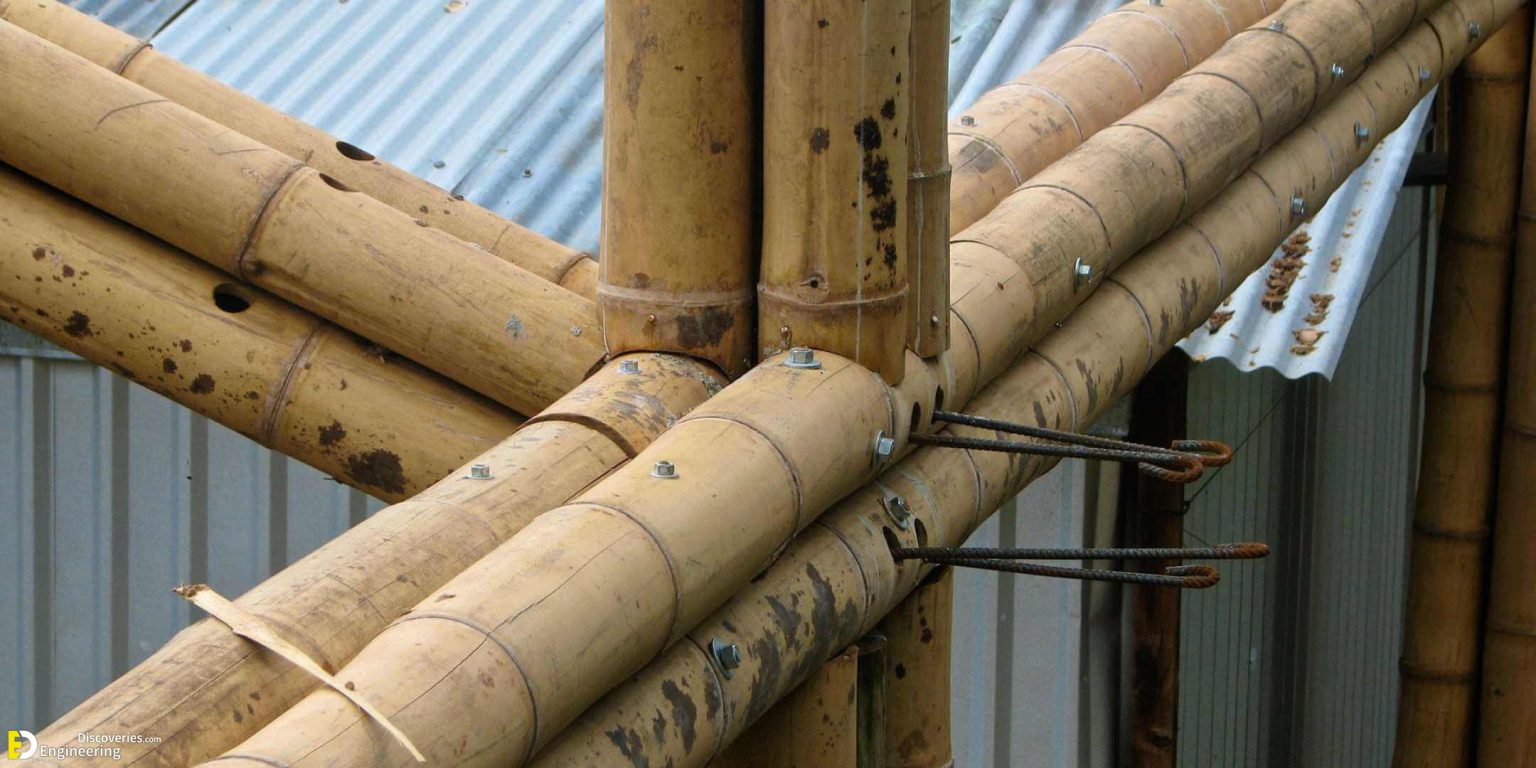

0 thoughts on “Why Jeddah Tower Construction Stopped”